Nendo for EXPO Milano 2015 Japan Pavilion
Tokyo-based studio Nendo – led by designer Oki Sato – was responsible for creating one of the gallery spaces inside Japan Pavilion. A long black dining table, with 24 accompanying black chairs, has been situated in it as a stage to fit with the shape of the room. (Photographer: Daici Ano)
The table and chairs gradually increase in height the further into the room one goes, playing with the spectator’s sense of perspective as well as allowing him/her to look over all the items on display from the gallery entrance.
All the 16 items exhibited was designed specifically for the exhibition, which is titled Colourful Shadows. They all show the typical processes and techniques of Japanese craftsmanship in their material and textural finishes. To best express this great attention to detail, all the products shown are coulored black.
Although resembling an ordinary dinner table, by experimenting with the functional relationship between tables and chairs, the end result is a uniquely conceptual exhibition space that enables the spectator to view all of the products from various angles and distances.
[cs003] Satsuma-yaki is a kind of ceramic ware from Kagoshima Prefecture, born in the times of Lord Toyotomi Hideyoshi (1536-1598A.D.). There are two types of satsuma-yaki: the white shirosatsuma, with its magnificent hand-paintings, and the black kurosatsuma, with its simplicity and strength. This special four-piece set is in the style of shirosatsuma. The surface is enamelled to resemble the colour and shape of an egg. The piece shows the effect of kannyu; a method whereby cracks are intentionally formed due to a difference in the rate of contraction between the ceramic and the enamel. Coloured ink is then poured onto the cracks, creating shades of black through the basic white surface. (Photographer : Hiroshi Iwasaki)
[cs006] Takaoka in Toyama Prefecture is well-known for its craftwork with a history over 400 years, and Takaoka-doki is one of the main local crafts. With several metals and alloys, it employs a variety of techniques to produce a whole range of cast-metal pieces. This peculiar cutlery is made from aluminium treated with a urethane baking finish. The single pieces have been designed with circular, square, and triangular shapes, with matching section-shapes for each of their handles. (Photographer : Hiroshi Iwasaki)
[cs011] The Oodate-magewappa is a wooden circular or oval box, made from bending cedar or cypress. It is an traditional craft developed as a side job for samurai in the 17th century, and is especially significant in North Eastern Japan. With this particular item, the container has deliberately not been made into a complete cylinder as it would originally be. Rather, it has been left in a disjointed spiral shape, in order to accentuate the edges of the material, as well as the creation process. Depending on its size, it can be used as a chopstick holder, a toothpick holder, or a chopstick rest. (Photographer : Hiroshi Iwasaki)
[cs015] Yamagata-imono, the name given to cast-metal crafts from Yamagata Prefecture, has been popular in Japan since the Edo Period (1603-1868 A.D.) for its choice handicrafts. This peculiar piece, consisting of matching teapot and cup, has been made out of this traditional metal ware. The handles stretch out from inside the containers, remembering the way in which their material emits warmth from the liquid they contain. (Photographer : Hiroshi Iwasaki)

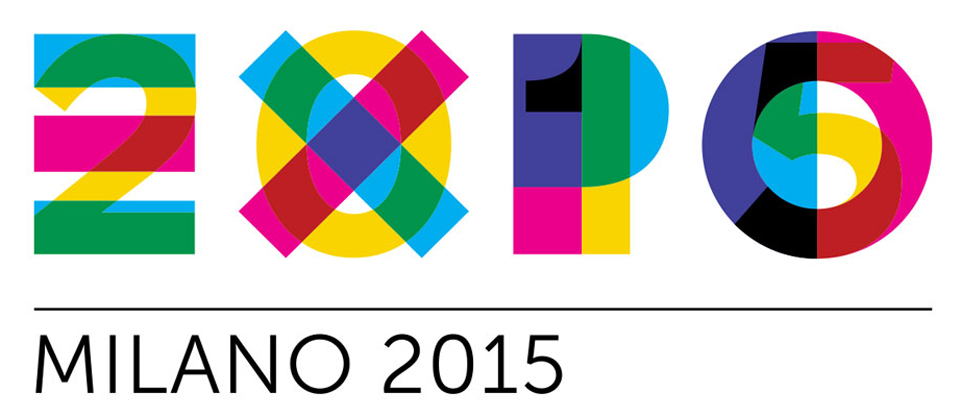
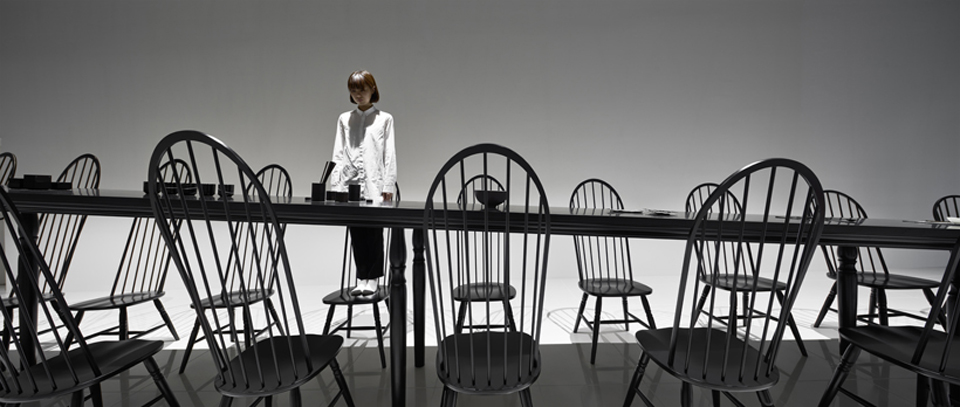
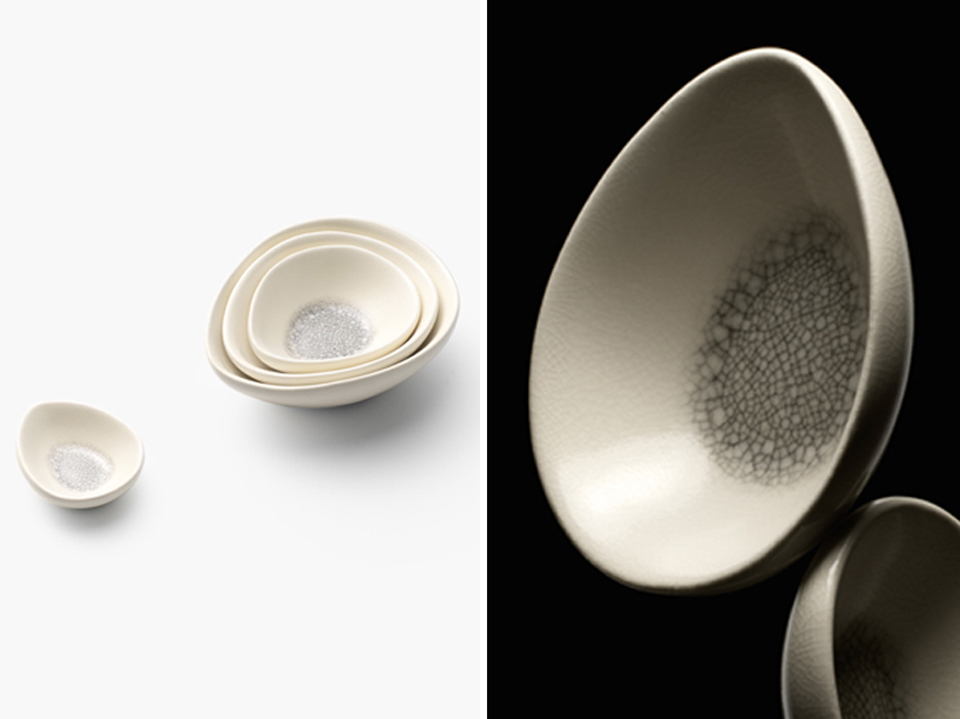
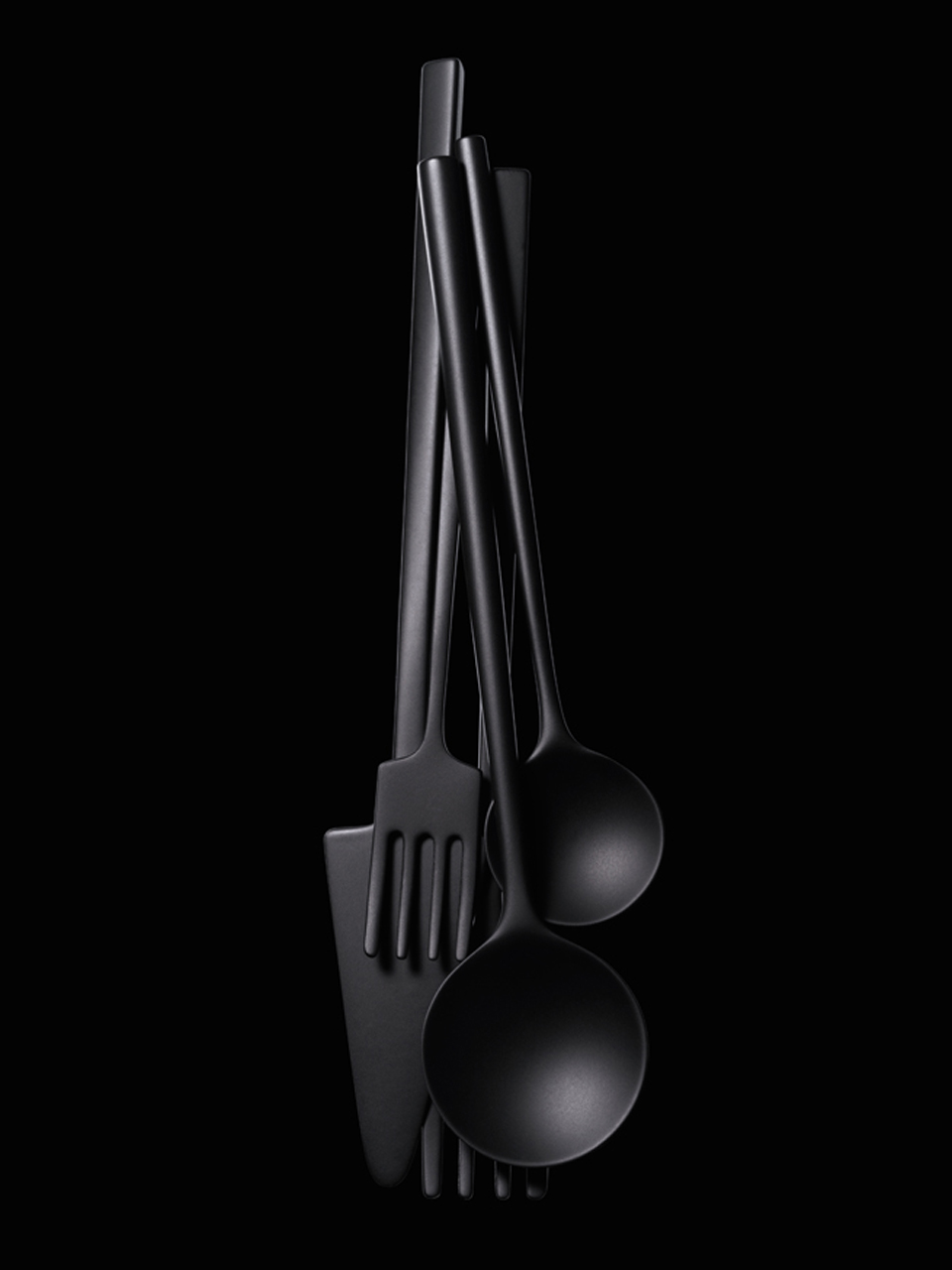
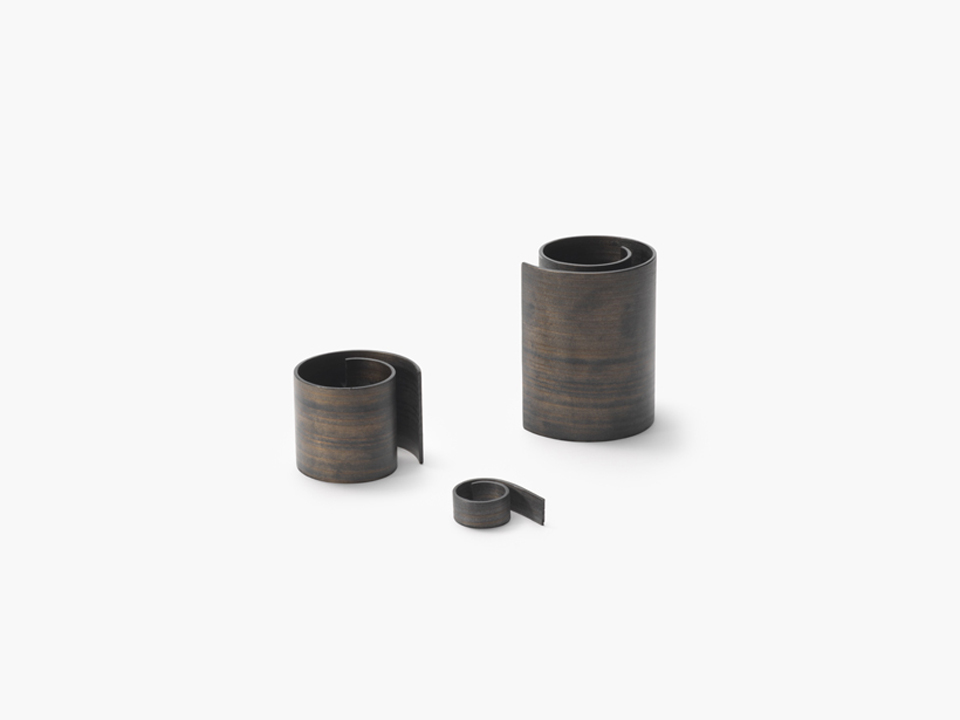
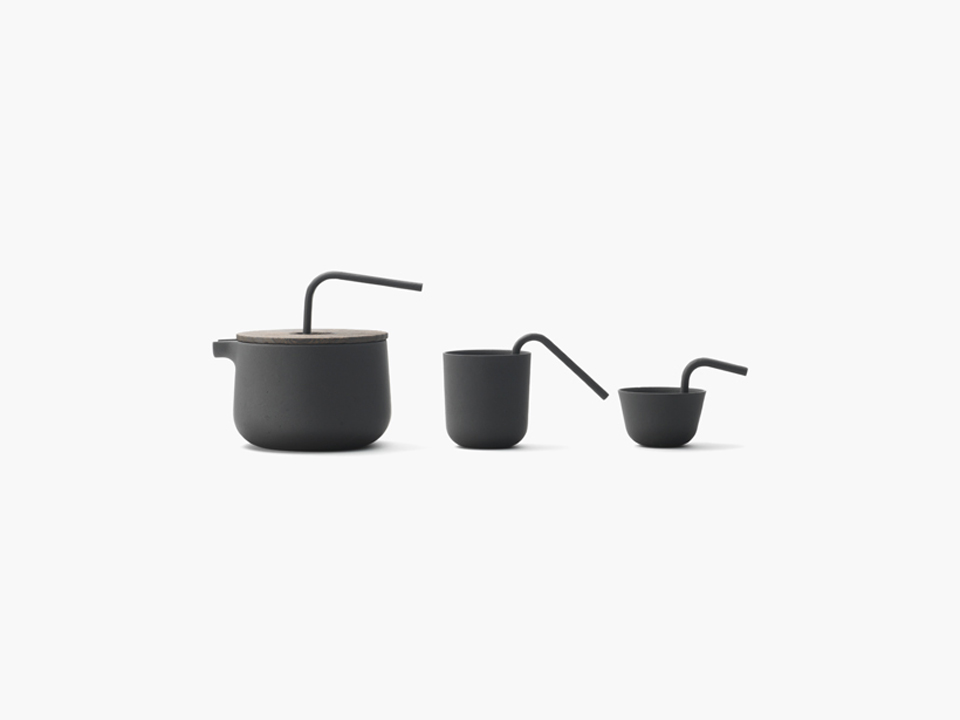
Share your thoughts